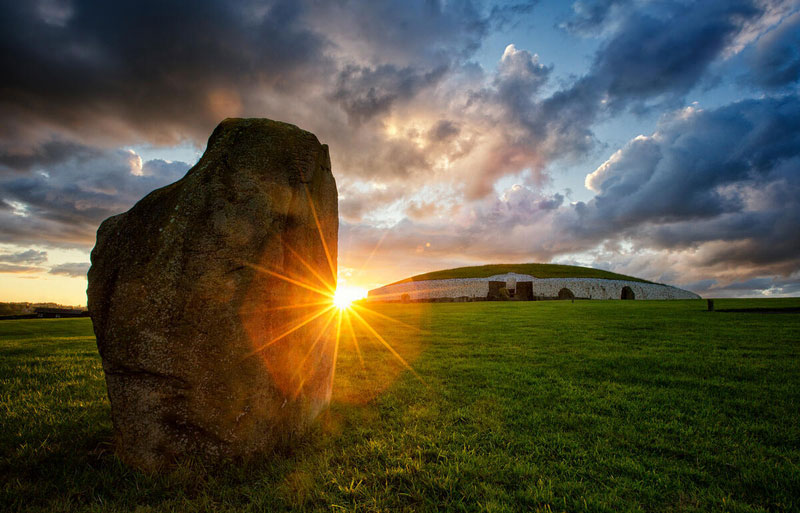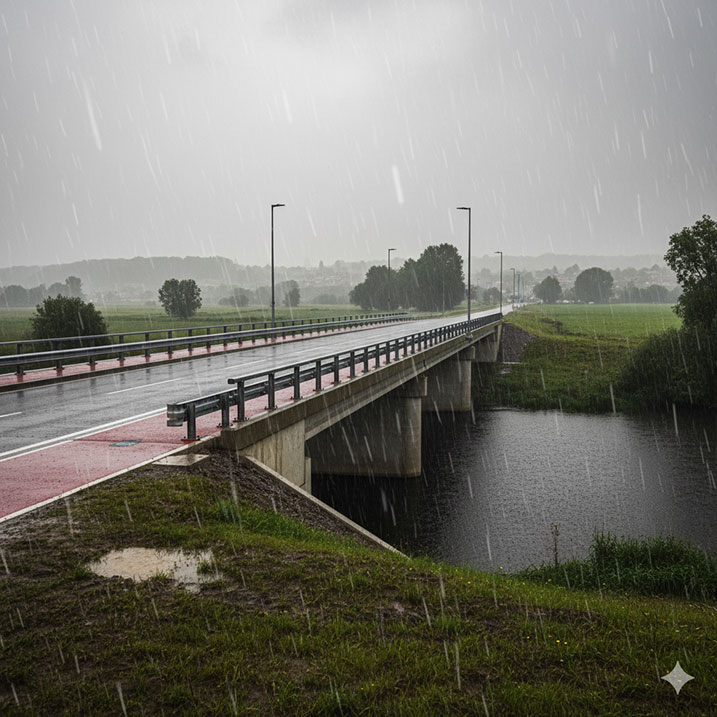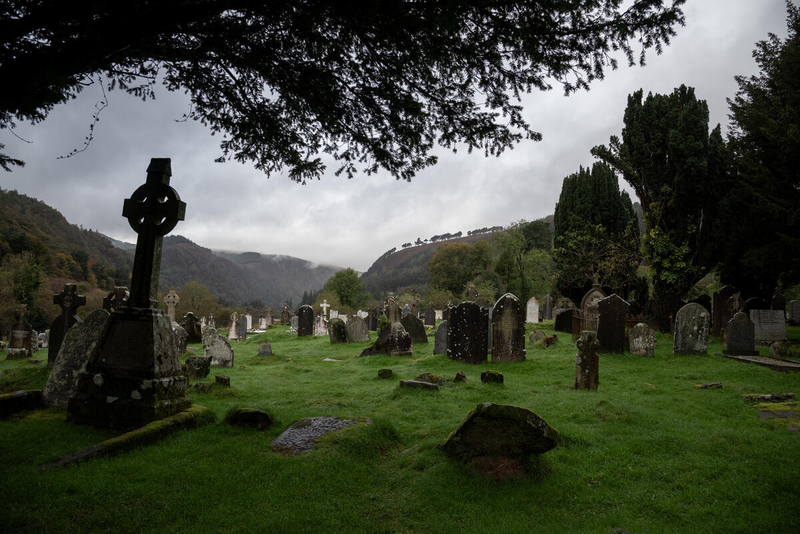Long before castles dotted the Irish countryside or monks bent over illuminated manuscripts, the island’s hills and valleys already held secrets: passage tombs aligned with winter light, stone circles marking sacred ground, burial mounds that became, in the Celtic imagination, doorways to the Otherworld.
These weren’t mere monuments. Newgrange, constructed around 3200 BCE, predates both Stonehenge and the Egyptian pyramids by centuries. Its Neolithic architects possessed astronomical knowledge sophisticated enough to engineer a structure where winter solstice sunrise floods the inner burial chamber with golden light, a phenomenon that still draws crowds who wait in darkness, hoping their lottery number gets called for admittance.
The ancient farming communities who built it understood something fundamental about cycles: death folding into rebirth, darkness yielding to illumination, the eternal return.
The Celts inherited these stones and wove them into mythology. Newgrange became Síd in Broga, home of the Tuatha Dé Danann, those semi-divine beings who ruled Ireland before retreating into hollow hills and sidhe mounds. The Hill of Tara, with its late Stone Age passage tombs, was transformed into the seat of 142 kings spanning prehistoric and historic periods. Its Stone of Destiny supposedly roared when touched by rightful rulers, though one suspects most kings simply announced it had roared quite convincingly, thank you very much. Here, Fionn mac Cumhail once speared a demon, saving the kingdom from supernatural destruction.
What’s remarkable is how geography and story fused completely. The Giant’s Causeway emerged from Fionn mac Cumhail’s battles and construction projects—never mind the basalt columns’ actual volcanic origins. Fionn gained wisdom by accidentally tasting the Salmon of Knowledge‘s flesh, a myth that locates enlightenment in specific rivers and pools.
Saint Patrick lit his paschal fire at the Hill of Slane, Christianity’s arrival literally illuminated against pagan darkness, old traditions mingling rather than vanishing.
These layerings persist. Sites like Loughcrew Cairns (circa 3000 BCE) and Poulnabrone Dolmen maintain their solstice alignments and portal tomb architecture, functional ceremonial spaces that modern pagans still visit, claiming to experience “active sacred spiritual energies.” Whether those sensations stem from genuine mystical forces or the power of standing where ancestors performed rituals five millennia ago hardly matters. The stones themselves authenticate the experience. At Rathcroghan, over 240 archaeological sites compress into a remarkably small area, creating one of the densest concentrations of ancient monuments in Ireland.
Between Dublin and Galway, travelers can pause at an ancient pub where kings once gathered to settle disputes during Ireland’s medieval period. Ireland’s landscape remains stubbornly mythic because the myths never separated from the land. You can’t visit Drombeg Stone Circle or Staigue Fort without encountering both archaeological reality (Neolithic construction, Iron Age defensive purposes, burial practices linked to Celtic cosmology) and narrative weight—the accumulated stories of Lugh, Nuada, Cormac Mac Airt, even Tristan and Isolde haunting County Dublin’s geography.
The mystical power, then, isn’t metaphor. It’s the uncanny experience of standing inside a 5,000-year-old tomb on winter solstice morning, watching light pierce darkness exactly as intended, knowing the builders are dust but their vision endures and knowing too that Celtic storytellers saw these same stones as gateways to eternal domains.
Past and present collapse. The Otherworld feels suddenly, disturbingly adjacent.




